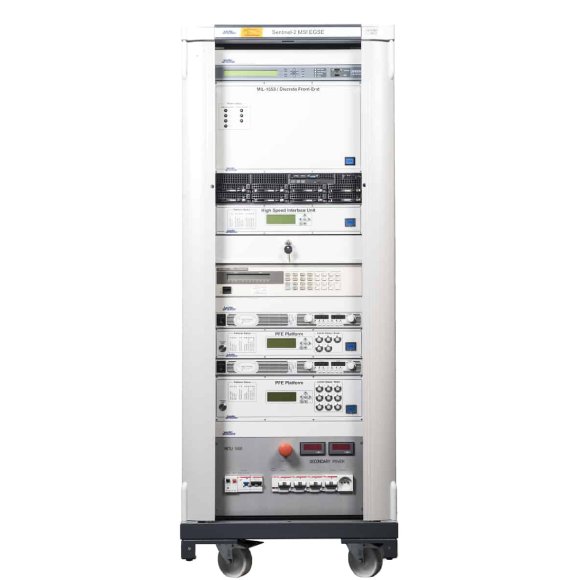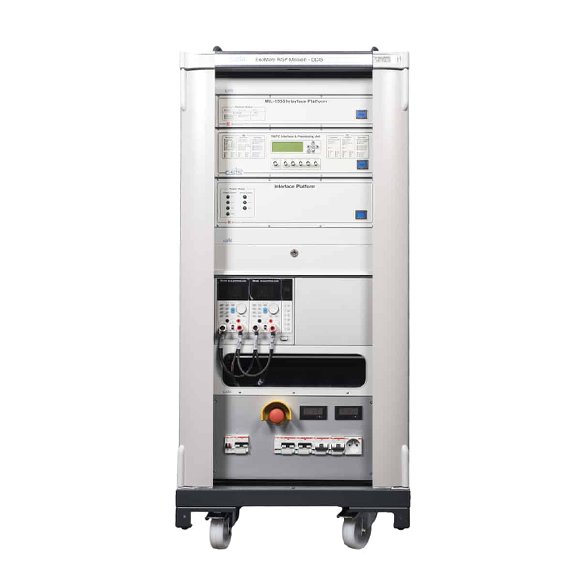Instrument SCOE’s can be used for conventional instruments but also for high-speed applications such as optical and radar instruments, Solid State Mass Memory Units and other high-speed payloads.
Instrument SCOE’s are typically custom built by Celestia-STS to meet the specific needs of a satellite instrument using the Celestia-STS standard onboard interface product portfolio, integrated into a 19″ rack cabinet or tabletop enclosure. The standard products are integrated both at software and hardware levels including internal rack harnesses such that a typical SCOE will have a connector panel designed on the rear to minimize the complexity of harnesses to/from the instrument.

